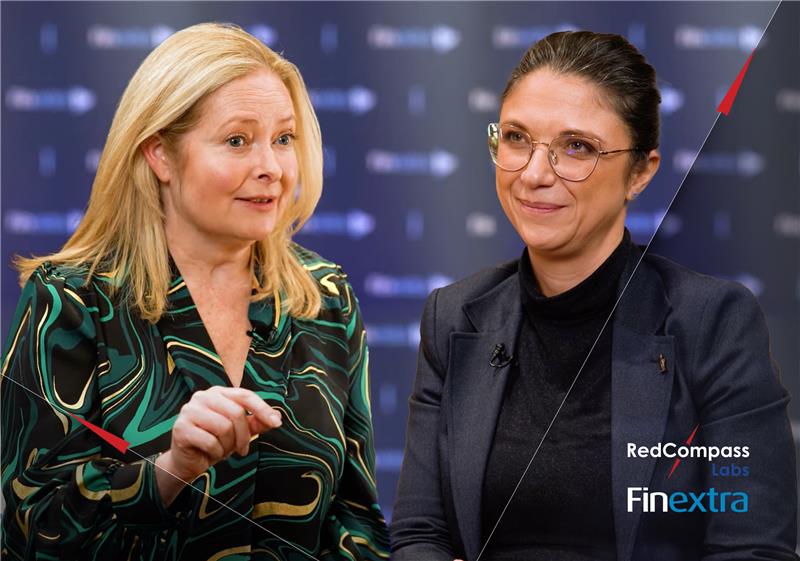How Visa is pushing Open Banking boundaries and what we can learn from it
On the 3rd of February 2021, Visa announced its partnership with First Boulevard. First Boulevard are a digitally native neo-bank whose primary focus is to build generational wealth for members of the Black community. The initiative is part of Visa’s new cryptocurrency API pilot programme and marks the next phase of Visa’s ambition to become a ‘network-of-networks’. By tapping into the huge potential of Open Banking, Visa is the proof of the pudding that generating new business value out of the original regulatory boundaries set by Open Banking is not only possible, but is an opportunity that banks cannot miss. Here’s how and why.
The potential of Open Banking
In January 2021, the UK’s Open Banking Implementation Entity (OBIE), the body tasked with designing open banking technology in the UK, celebrated the third year since open banking became a regulatory requirement. It is fascinating to see how in such a short period of time, open banking has moved to the forefront of financial institutions’ strategies and has gained momentum. But why is that?
As Imran Gulamhuseinwala OBE, Implementation Trustee at OBIE, said: “Open banking used to be the best kept secret in financial services.” But more and more financial players are starting to realise its huge potential. Application Programming Interfaces (APIs) are powering innovation and collaboration throughout the industry and are bringing significant digital transformation that creates better customer experiences. Additionally, by using APIs, financial players have the opportunity to widen the access to financial services as well as address disparities within the community. Visa and First Boulevard’s initiative is the perfect example.
Recognising the large black-white wealth gap in the US, First Boulevard’s mission is to build generational wealth for Black America, as explained by its CEO and co-founder, Donald Hawkins. To achieve this, the neo-bank has created an app that “lets users set savings goals, track expenses, get financial education, and support HBCUs and Black businesses via reward schemes”. The partnership with Visa takes their mission a step further. By enabling the neo-bank to use its infrastructure, Visa has allowed First Boulevard’s customers to access crypto assets and blockchain networks – alternative investment rails they wouldn’t have been able to access otherwise. As a result, First Boulevard’s customers will be able to ‘purchase custody and trade digital assets held by Anchorage, a federally chartered digital asset bank’.
But Visa is not the only financial player pushing the original regulatory boundaries of open banking to create business opportunities. And the reasons to follow this path are growing by the day.
Why banks should invest in Open Banking APIs
In their global banking annual review, McKinsey state that banks “will face a profound challenge to ongoing operations” and that “from $1.5 trillion to $4.7 trillion in cumulative revenue could be forgone between 2020 and 2024”. The business opportunities resulting from the creation of open ecosystems supported by APIs should be part of banks’ strategies to address the urgent challenge of declining revenues. In fact, not only could banks monetise their APIs through the concept of Open Platforms, but by publishing a catalogue of premium APIs, they could also allow FinTechs and enterprises to access the bank’s own infrastructure and enable them to build innovative customer-facing financial services products.
Some banks have already embarked on this journey. In 2016, Citi launched a “global API Developer Portal” which they say will “spur collaboration with FinTech companies, developers and consumer brands”. According to Citi, their API catalogue currently contains more than 120 APIs and thousands of users across 16 markets. Deutsche Bank is also tapping into the potential of open banking as they reported at the closed EBA Open Banking working group, of which RedCompass Labs is a member. JP Morgan is another pioneer in this field. The organisation has indeed made a business line out of “banking as a service” and is planning to add an extra $900 million to their $11 billion technology budget in 2021 after achieving a record net income in 2020.
To leverage Open Banking APIs, banks must focus on modernizing their infrastructure
Arriving at this point, it’s time to address the elephant in the room: costs. As we always tell our clients during our ‘Future of Payments’ workshops, these opportunities come with the difficult task of adjusting banks’ business models and capabilities.
It is indeed impossible for banks to follow the path forged by JP Morgan, Citi and Deutsche Bank without a strong, open and secure infrastructure. If banks want to play the role of ecosystem orchestrator, they need to modernise their infrastructure and be willing to partner with vendors and FinTechs. The urgency is there too. In the face of regulatory changes like ISO 20022, or instant payments becoming the new norm, or, yet again, cloud computing creating a new playing field, it is time for banks to review and modernise their infrastructure.
Of course, the investment necessary to achieve this is significant. But it is possible. For example, banks can use their regulatory budget to innovate or use data-led testing to drive costs down while ensuring successful go-live and deliver change at pace.
If you need help or more information on this topic, our experts are ready to support you. RedCompass Labs provides free ‘Future of Payments’ workshop to many of the world’s largest banks in which we listen, share information and challenge them about the future. Contact our team and we will be in touch to provide more details.
Share this post
Written by

RedCompass Labs
Resources





